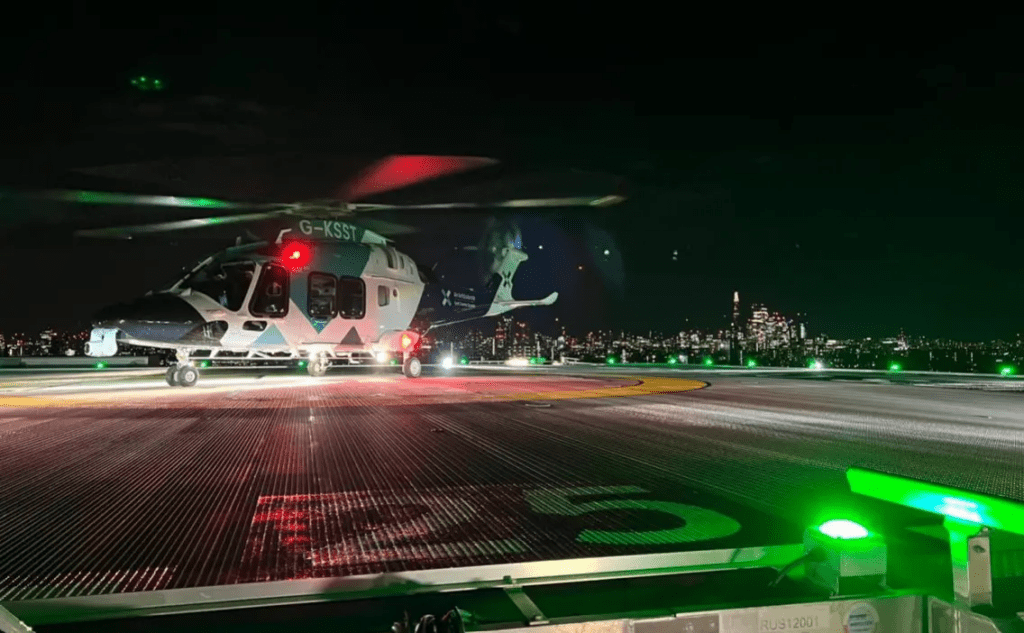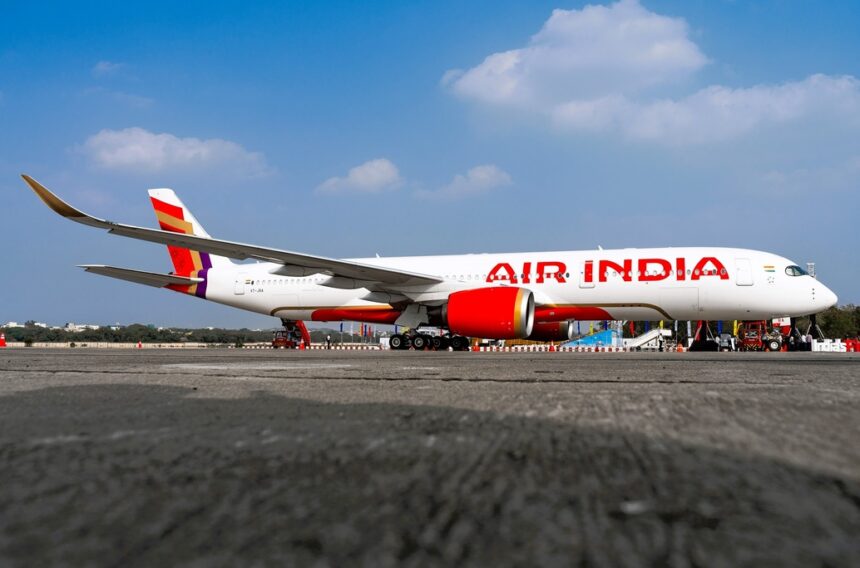The Kent Surrey Sussex (KSS) Air Ambulance Charity celebrated an operations milestone on September 29, 2023 – a decade of providing night-time air ambulance services.
This achievement has not only enhanced emergency medical care in the region but also saved countless lives.
Pioneers of 24/7 Air Ambulance Services
Ten years ago, on September 29, 2013, KSS made history by becoming the first Air Ambulance charity in the UK to offer round-the-clock, 24/7 helicopter services throughout the entire year.
This move allowed them to reach patients in need regardless of the time of day, revolutionizing emergency medical services in Kent, Surrey, and Sussex.
On that day, a KSS team responded to a road traffic collision near Canterbury – flying to the site and treating the patient involved before accompanying them to hospital.
Since then, KSS has conducted an impressive 4,106 night missions by helicopter, treating 2,355 patients and accumulating 2,000 flying hours.

[monsterinsights_popular_posts_inline]
Nighttime Operations: A Vital Lifeline
Professor Richard Lyon MBE, the Executive Director of Research and Innovation, and Deputy Medical Director at KSS, emphasizes the importance of night flying, stating,
“Accidents don’t stop happening when the sun sets. In fact, some of our most serious incidents occur in the hours of darkness.” This crucial insight led KSS to initiate a groundbreaking simulation study in 2012.”
The study’s results were compelling, suggesting that extending their air ambulance services to night hours could significantly benefit patients across the region.
As a result, KSS became pioneers in flying 24/7, 365 days a year. They adopted advanced systems, including state-of-the-art helicopters and night vision goggles, ensuring consistent high-quality care at any time of the day or night.

The Challenges of Night Flying
Night flying brings its unique set of challenges. KSS pilots and clinical teams rely on military-grade night vision goggles, and flight planning becomes more time-intensive.
While they aim to be airborne within five minutes during the day, they dedicate up to 15 minutes for night flights.
Google Earth and specialized mapping systems assist in selecting safe landing sites, considering factors such as overhead wires and covered reservoirs.
KSS has identified over 180 safe landing sites, covering most towns and villages in their service area. These sites are chosen for their size, minimal slope, good surface, and accessibility.
As they approach these sites, a powerful white light beneath the aircraft illuminates the landing area, ensuring a safe and clear landing.
Nick Bramley, Chief Pilot at KSS, sheds light on the intricacies of night flying, stating, “Flying at night is more challenging than flying by day. Vision and depth perception are both reduced, requiring heightened concentration.”
There are two aspects of night flying at KSS, Bramley goes on to explain: conventional flying at night and using night vision instrumentation systems (NVIS). The latter is a unique experience that only air ambulance, military, and police pilots encounter.
Pilots joining KSS undergo NVIS training, equipping them to handle day or night flights. This intensive training spans several months, ensuring that they possess the necessary skills to navigate the complexities of night flying.
A Transformative Impact
David Wright, HEMS Paramedic and Operational Support Director, recalls being part of the first night crew to attend to a patient by helicopter. He emphasizes the swift response and life-saving care that night flying enables.
“Previously there were patients that could not receive such a swift response from our service at night using our response vehicles, due to the geography of our region.”
“To have a system that meant we could deliver the same service regardless of the time of day was great step forward,” he said.
As KSS celebrates a decade of night flying, they continue to be at the forefront of research and innovation, aiming to provide the best possible care for patients and communities.
None of this would be possible without the generous support of loyal donors who share their commitment to saving lives.
Interested persons can get involved with the Air Ambulance charity service here.

Click the banner to subscribe to our weekly newsleter.









